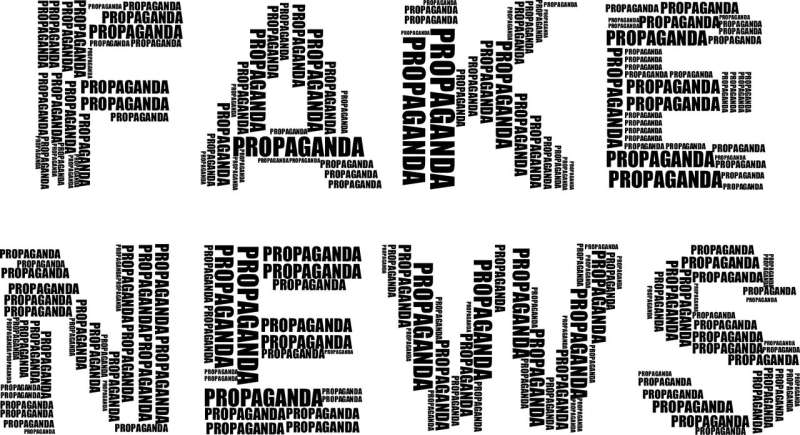
Around 3 in 10 Americans still believe ivermectin is an effective treatment for covid. What’s more, few place significant trust in any form of news media or official institution to accurately convey information about health topics, from covid treatments and vaccines to reproductive health issues, a new poll from KFF shows.
The confusion about what’s true—and who’s telling the truth—is of critical importance to public health, experts in political science said. “Misinformation leads to lives being lost and health problems not being resolved,” Bob Blendon, a professor emeritus of public health at Harvard, said in an interview. Blendon was not associated with the survey.
Such misinformed beliefs are strongly held by only a sliver of the population, according to a new KFF poll. Nearly a third of the 2,007 respondents said the dewormer ivermectin was definitely or probably an effective treatment for COVID-19. (It’s not: Numerous randomized controlled trials have found otherwise.) A mere 22% thought ivermectin was definitely ineffective.
A fifth thought it was definitely or probably true that the COVID-19 vaccine had killed more people than the virus itself. (Multiple studies, examining different data sets, have found lower death rates among recipients of the vaccine than among those who didn’t get the shot.)
But nearly half, 47%, thought that claim was definitely false.
Nevertheless, said Brendan Nyhan, a professor of government at Dartmouth College who has spent years studying the transmission of false information, the prevalence of vaccine misinformation is “alarming.” And, while not necessarily resulting entirely from misinformation, 30% of respondents thought parents should not be required to vaccinate their children against measles, mumps, and rubella.
More than a third of respondents also thought using birth control such as intrauterine devices made it harder for most women to get pregnant once they stopped.
For Lunna Lopes, a senior survey analyst at KFF and one of the poll’s authors, the results show wide exposure, but limited uptake, of false claims. “A lot of people have heard about these health misinformation claims. Just because they’re exposed to it doesn’t mean they’re buying into it,” she said. Still, the din of misinformation might leave the populace unsure what to believe. “You might be less trusting, and less likely to outright reject false information.”
The limited embrace of outright misinformation may be cold comfort for public health advocates. The study also found only grudging trust, at best, for media sources of all kinds and the federal government. The limited trust the survey recorded is colored by wide partisan gaps, noted Nyhan.
Respondents did not have “a lot” of trust in the information relayed by any news media institution. Just over a quarter had this high level of trust for local TV news stations. And that was the highest mark of the institutions tested, which ran the ideological and stylistic gamut from MSNBC to The New York Times to Fox News and Newsmax. More people had “a little” trust in each of these institutions.
For Blendon, however, the mild support is a problem. It suggests that “we are short” of trusted sources of news about health.
Journalists and editors, he said, should consider there’s “something about the way you’re presenting information that’s not seen as credible by viewers.” Seventy percent of respondents said the news media wasn’t doing enough to limit the spread of health misinformation.
The public conversation tends to focus on the often extreme declarations and wild claims featured on social media and on both corporate and government attempts to regulate the medium, Blendon noted. Sixty-nine percent of respondents said social media companies were not doing enough to limit the spread of false or inaccurate information.
But the poll shows that while the public tunes into social media quite frequently, they have very little faith in the health information they see there. No social media outlet enjoyed a double-digit percentage of respondents saying they had “a lot” of trust in it.
Even so, said Lopes, a significant slice of the public—about a quarter—turn to these platforms for health information and advice. “That stood out to us,” she said. Latinos and the young are especially likely to use the forums.
The picture is similarly bleak for official institutions. Around a quarter of respondents had “a great deal” of trust in the Centers for Disease Control and Prevention’s recommendations. That response rate dropped to a fifth when it came to the Food and Drug Administration. The Biden administration, Donald Trump, and state and local public health officials lagged behind.
Those findings, combined with the partisan gaps in trust, were especially discouraging for Nyhan. “They will be essential sources of information in future pandemics despite their errors and misjudgments during the pandemic,” he said of public health institutions.
By far the most highly trusted source of health information? One’s own doctor. Forty-eight percent of respondents had a great deal of trust in their recommendations.
The survey, the KFF Health Misinformation Tracking Poll Pilot, was conducted May 23 through June 12, online and by telephone among a nationally representative sample of U.S. adults in English and Spanish.
©2023 KFF Health News.
Distributed by Tribune Content Agency, LLC.
Source: Read Full Article
